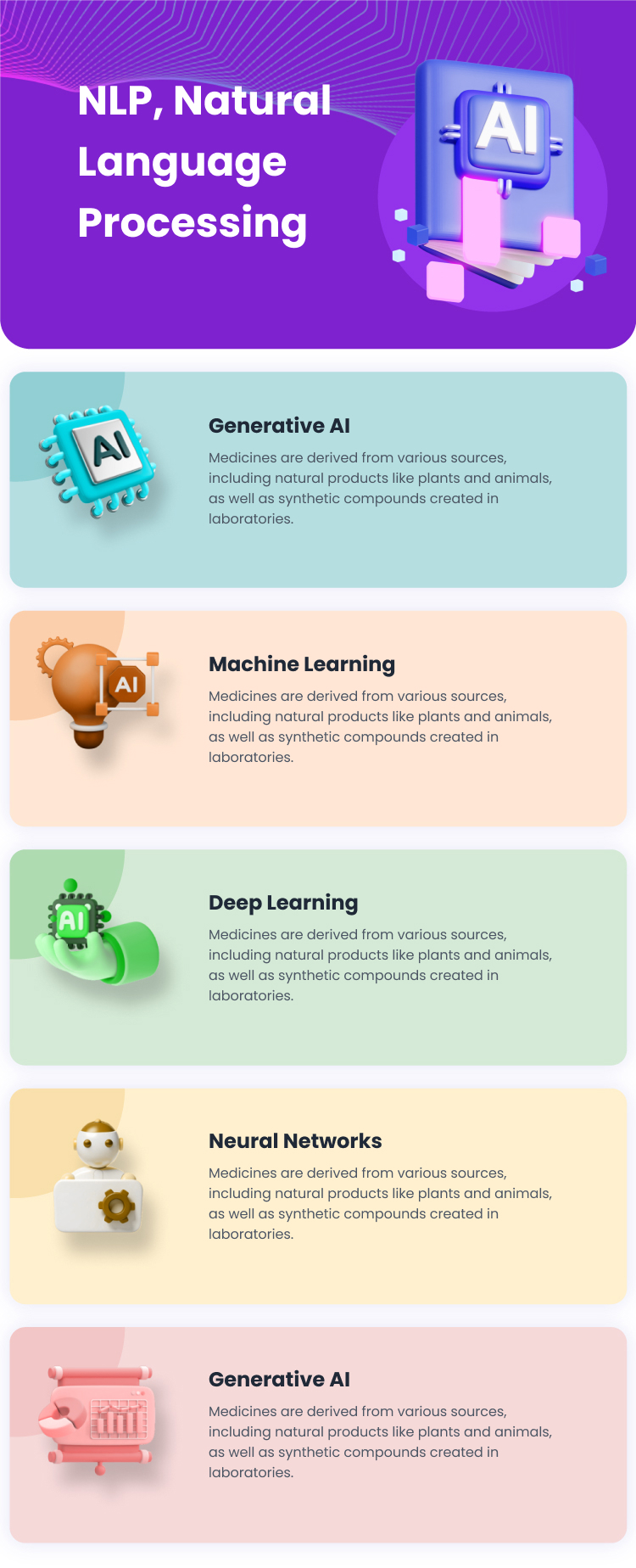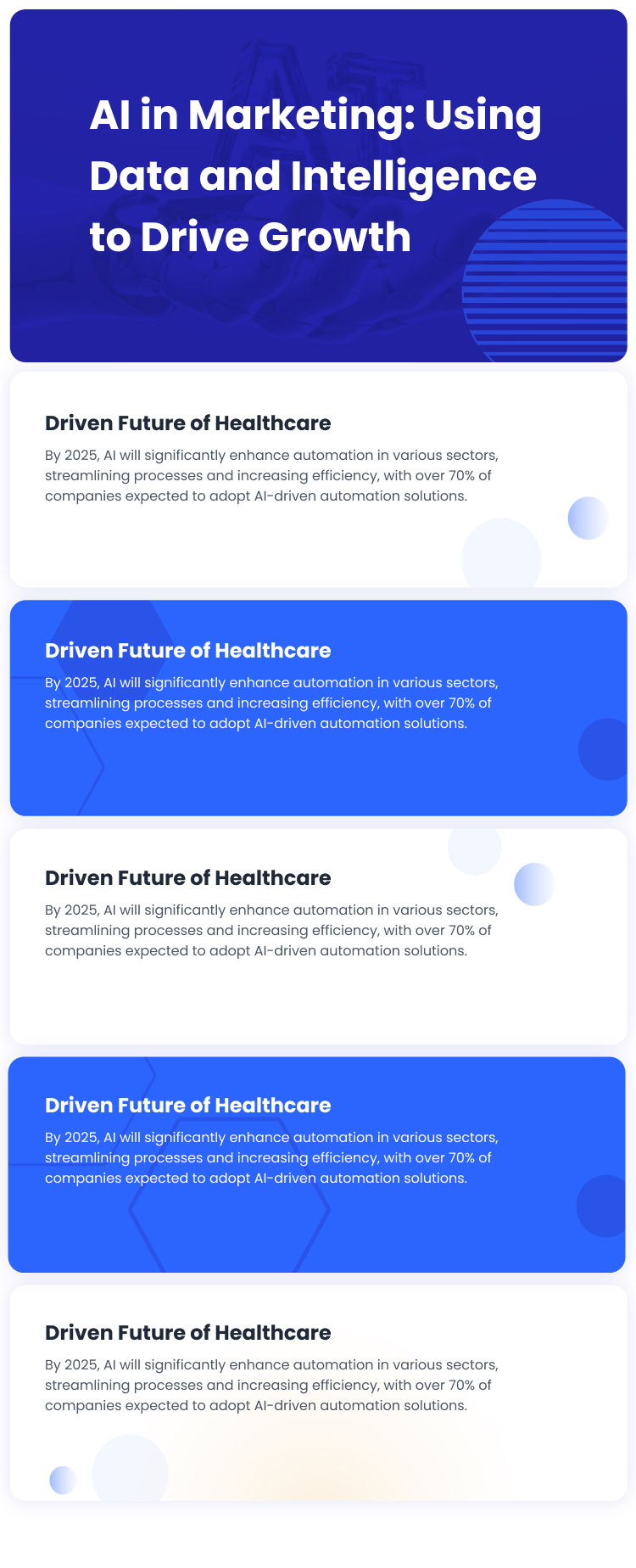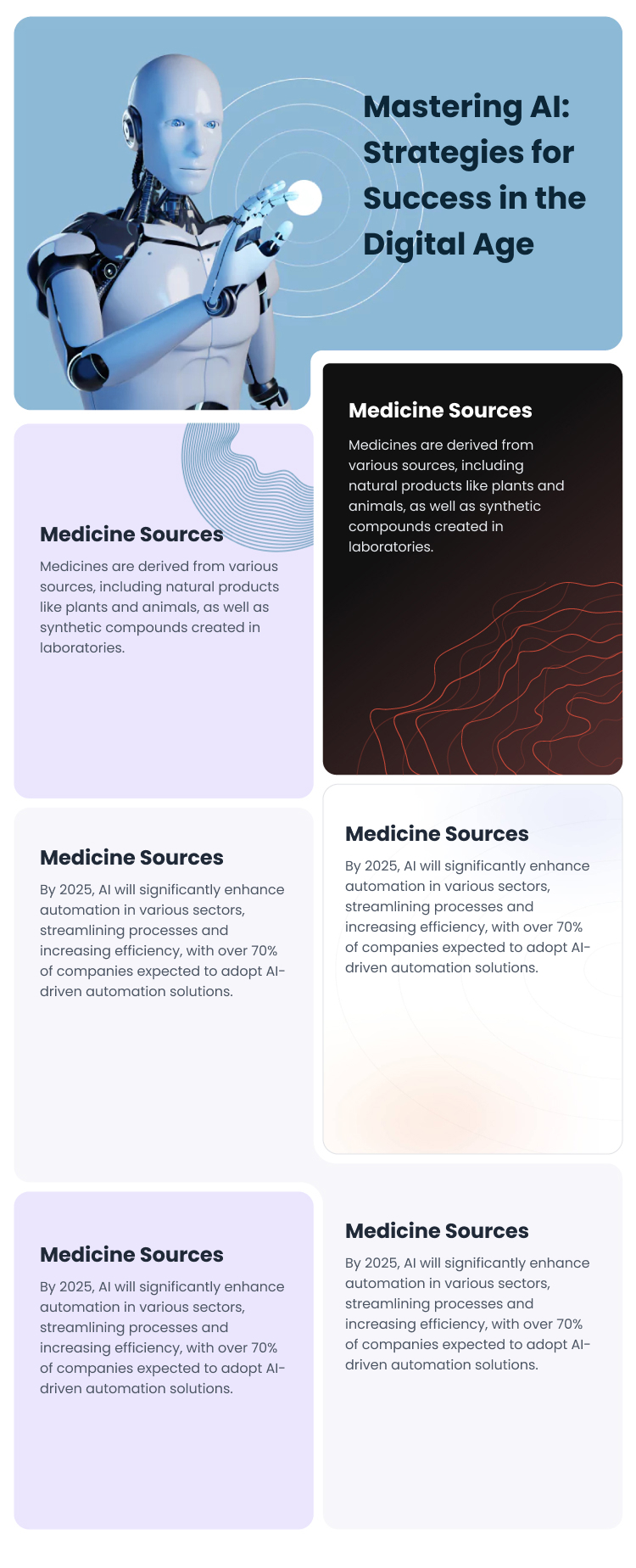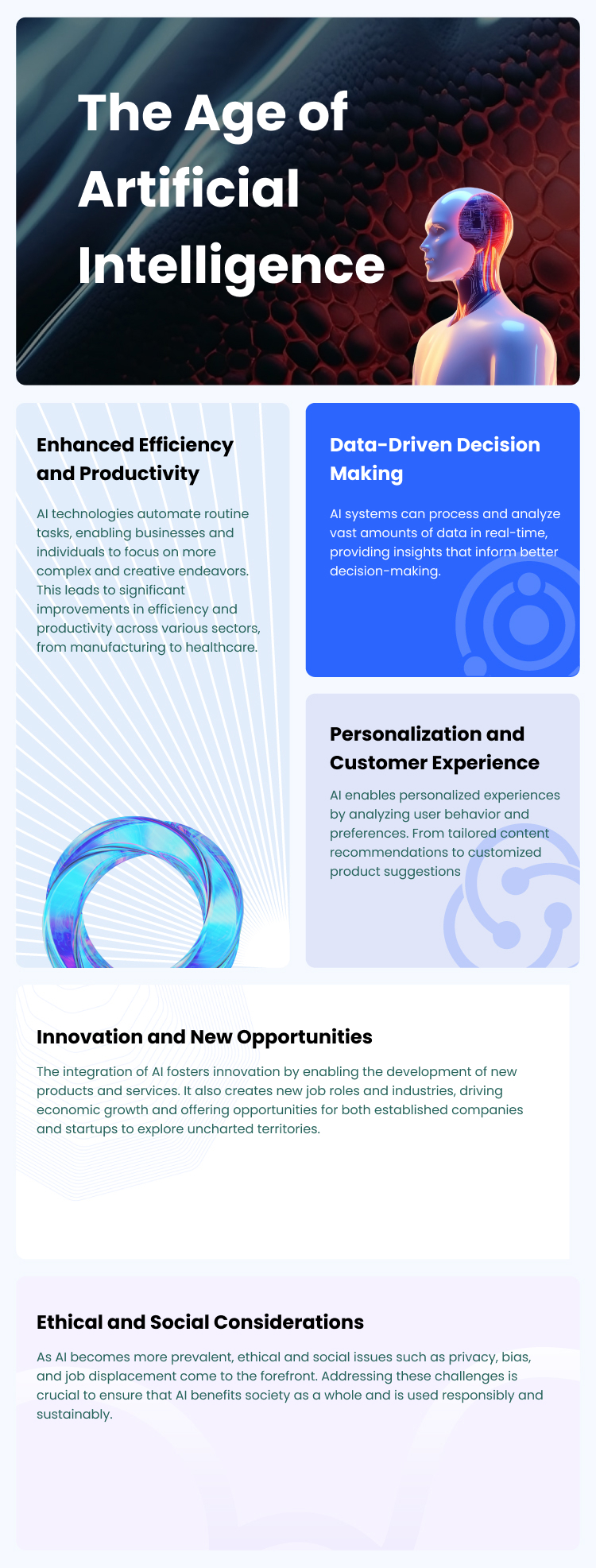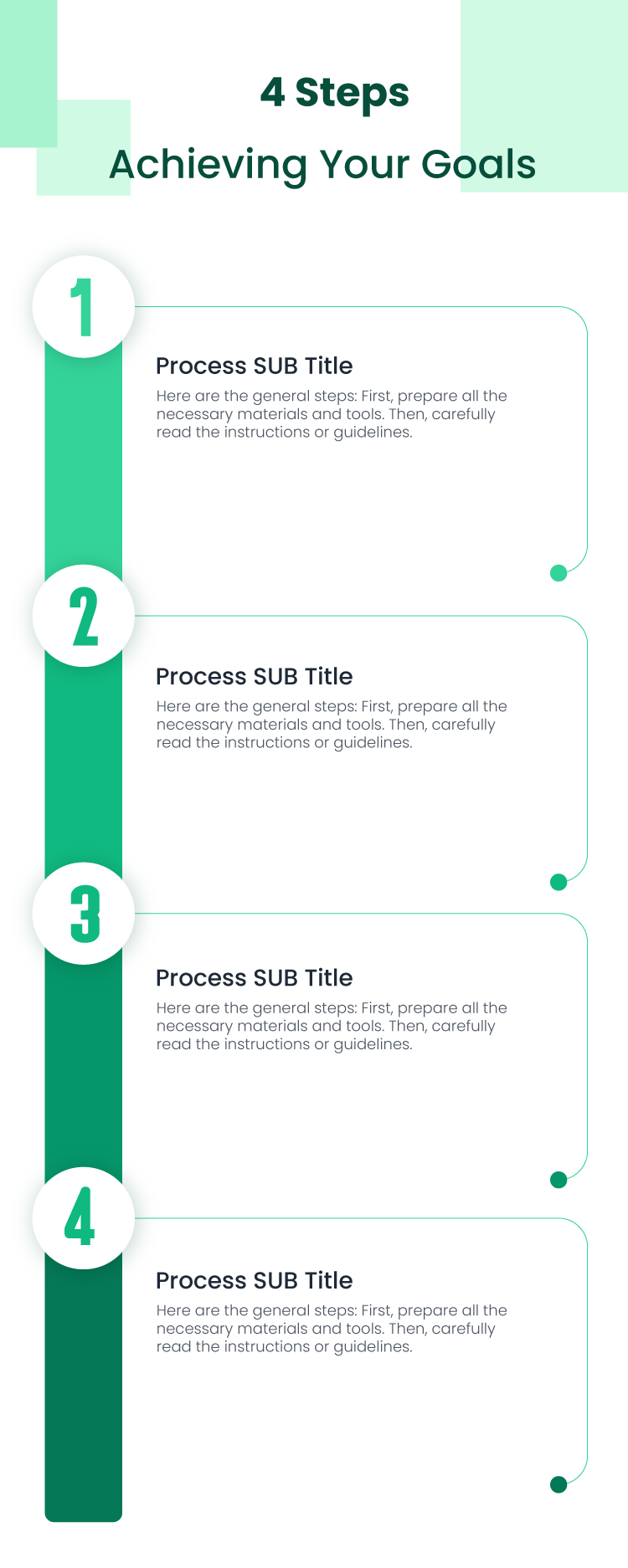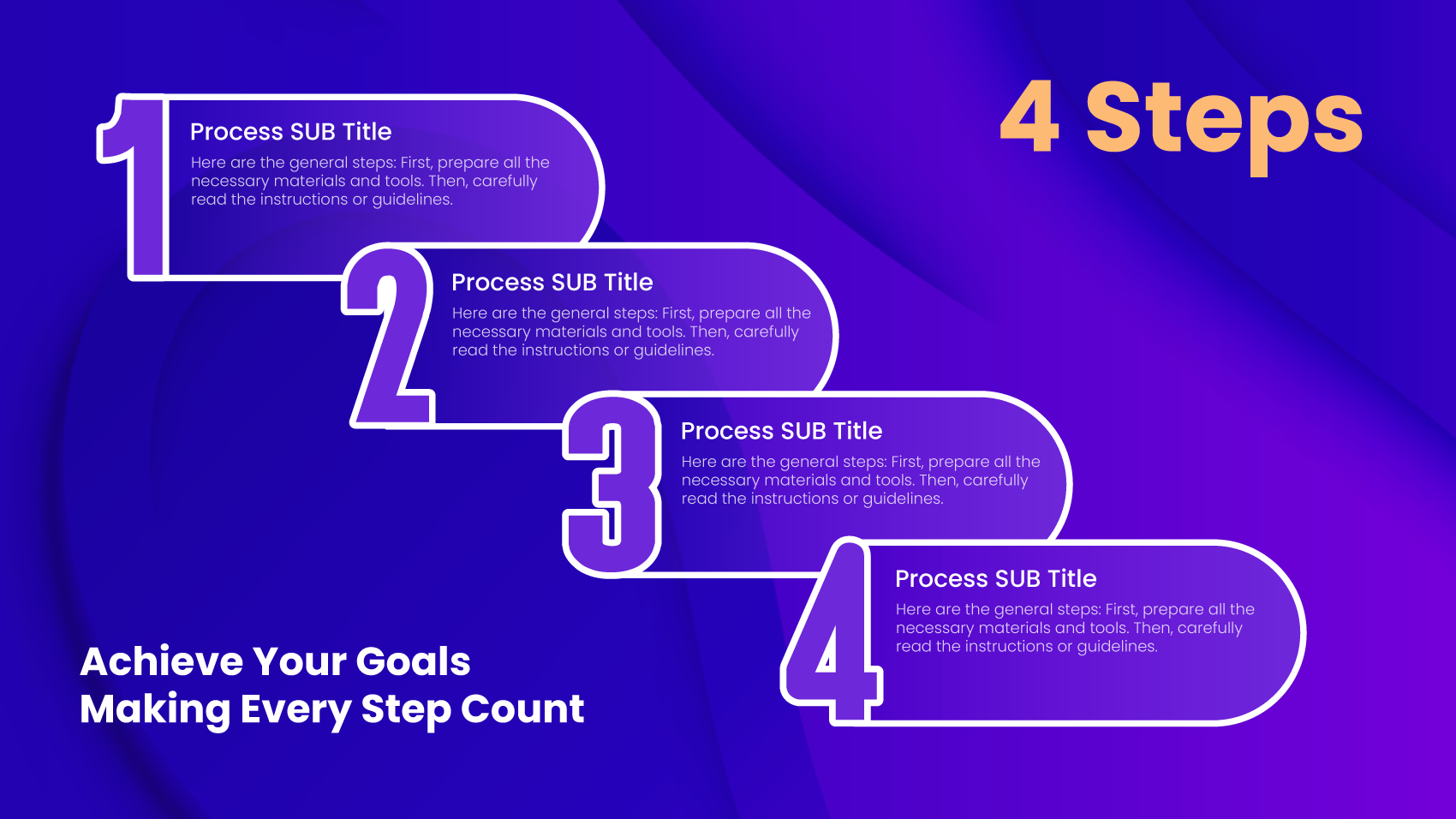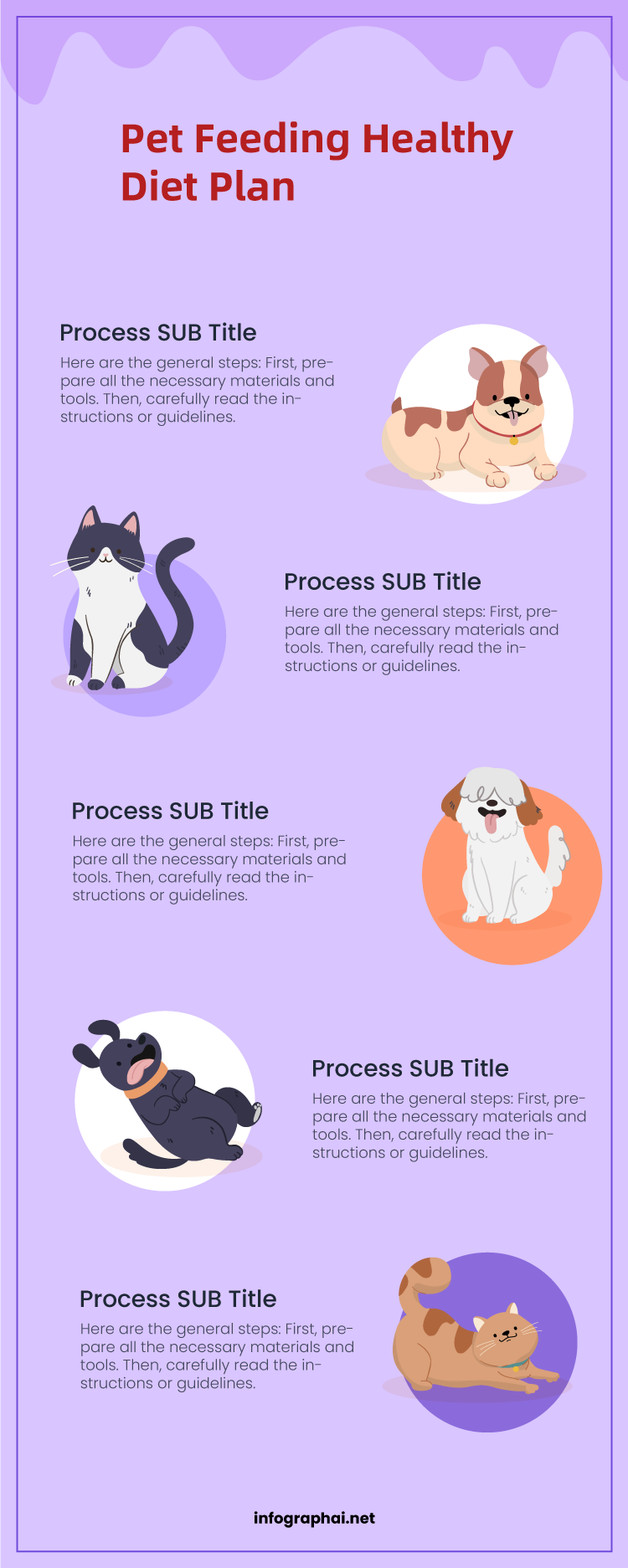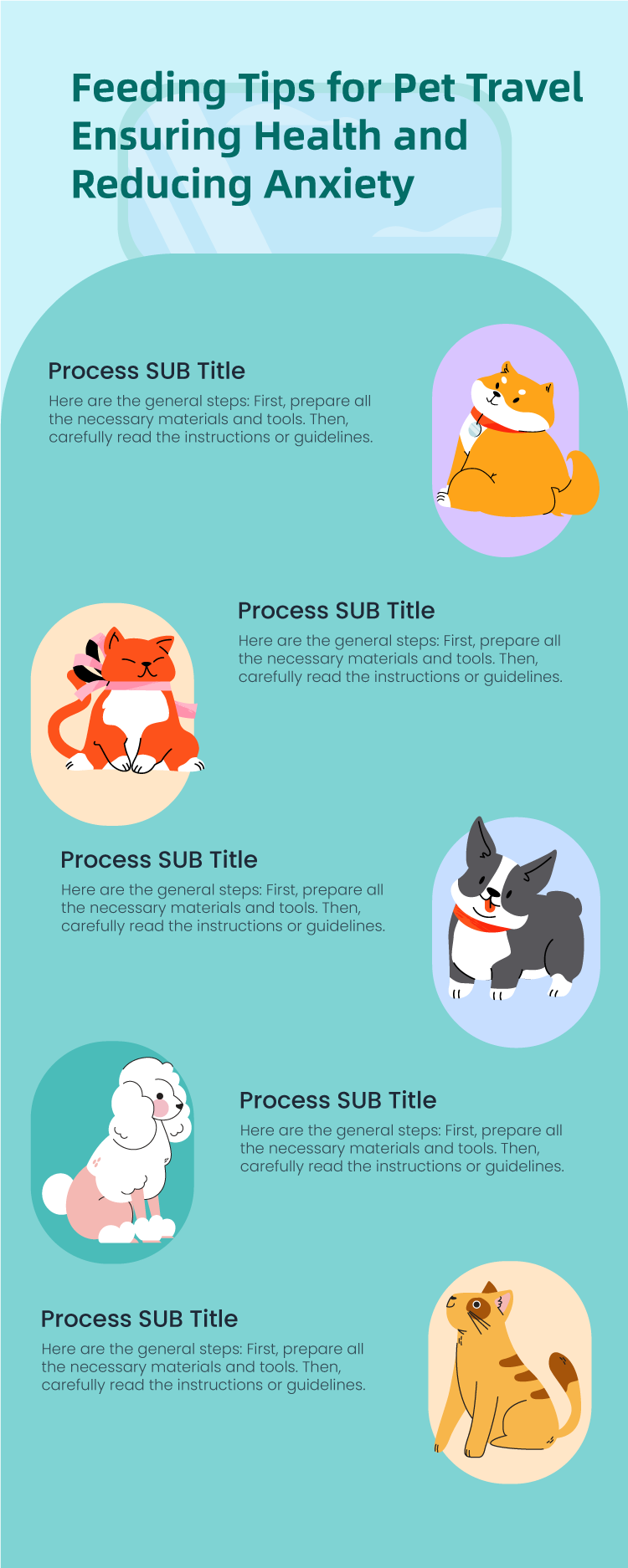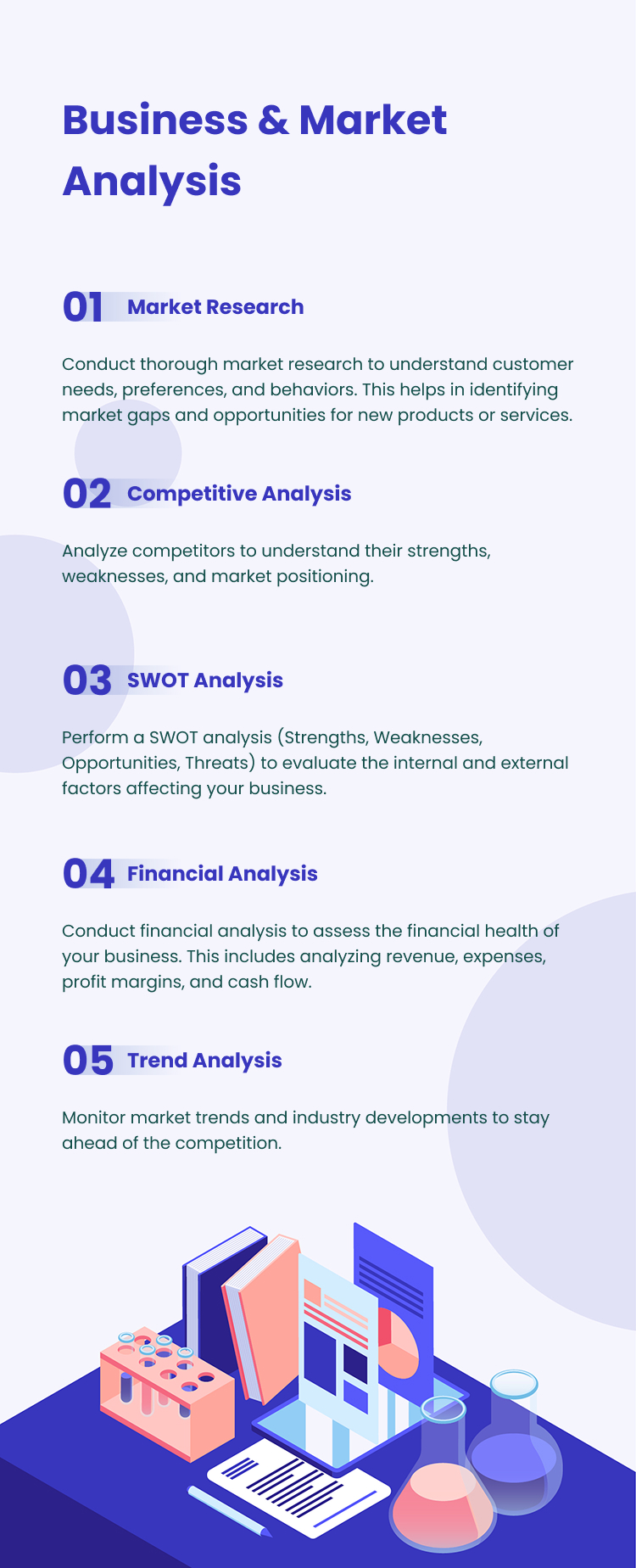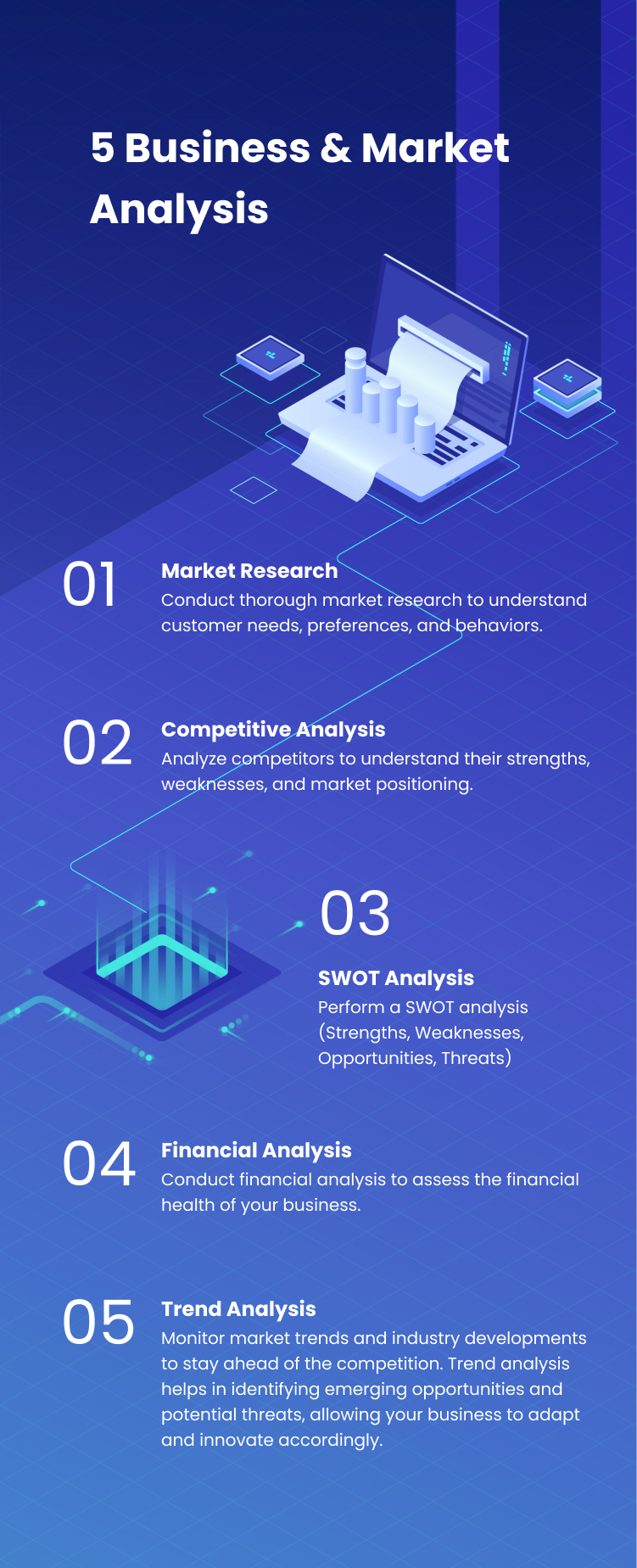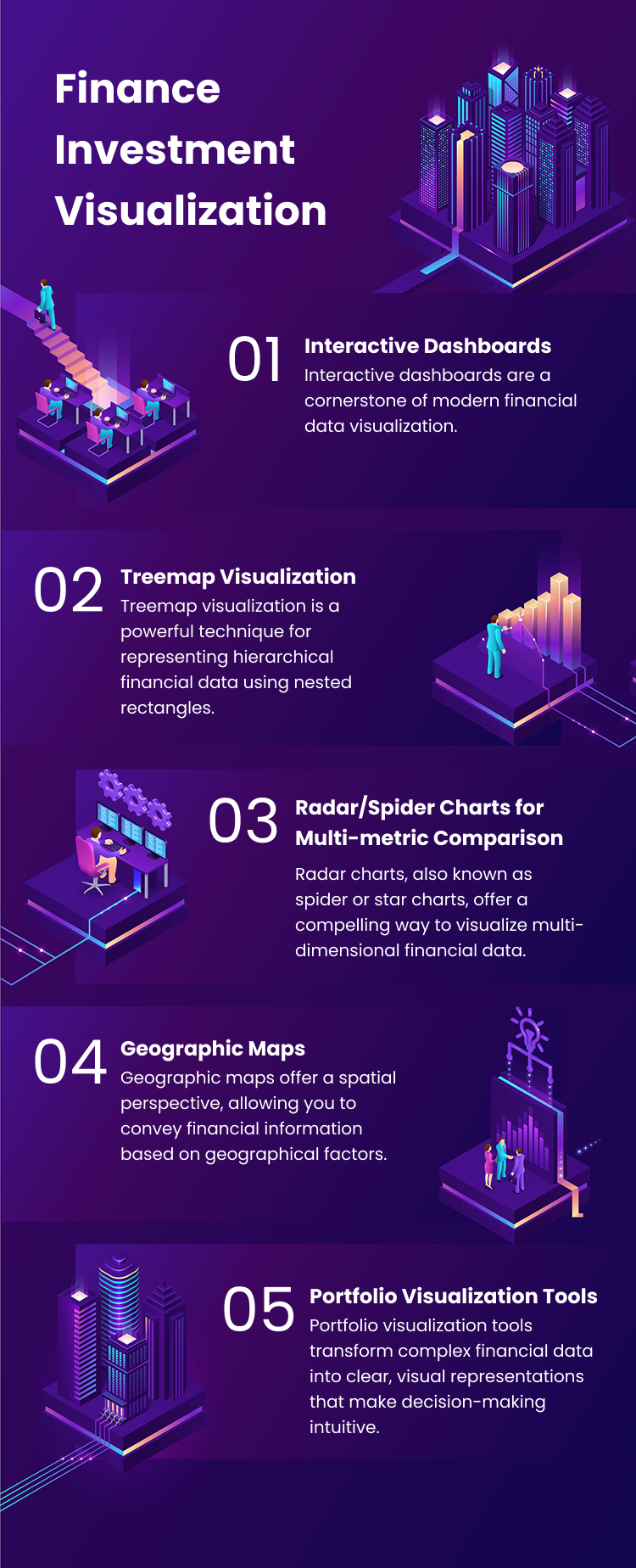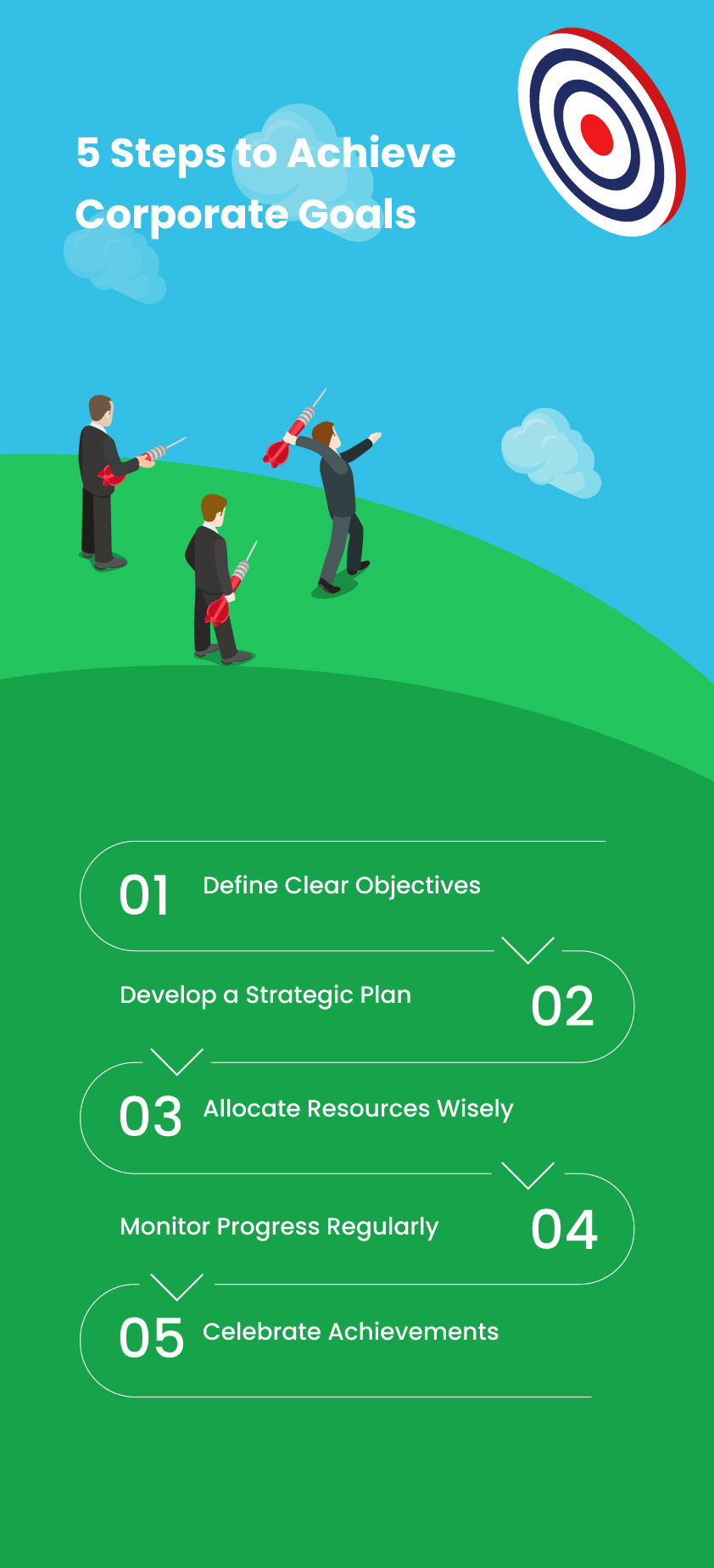NLP, Natural Language Processing Infographic Template
"NLP (Natural Language Processing): 5 Key Aspects of How Machines Understand Human Language"
-
Bridging Human-Computer Communication
NLP enables computers to interpret and generate human language by combining linguistics, AI, and computer science, transforming unstructured text into actionable insights. It powers applications like chatbots and virtual assistants, making interactions more intuitive and efficient. -
Core Techniques & Processing
Key steps include tokenization, stemming, and semantic analysis to break down text into understandable components. Advanced methods like named entity recognition (NER) and sentiment analysis extract meaning and emotions from data. -
Diverse Applications
From machine translation (e.g., Google Translate) to sentiment analysis in social media, NLP enhances cross-language communication and business decision-making. It also drives voice recognition in smart devices and automated text summarization. -
Deep Learning Revolution
Transformer models (e.g., BERT, GPT) have revolutionized NLP by enabling context-aware language understanding and generation. These models leverage vast datasets to improve accuracy in tasks like question-answering and content creation. -
Future Challenges & Trends
Despite progress, NLP faces hurdles like language ambiguity and bias, requiring better contextual understanding. Future trends include multimodal systems (text + audio/visual data) and personalized AI interactions.
